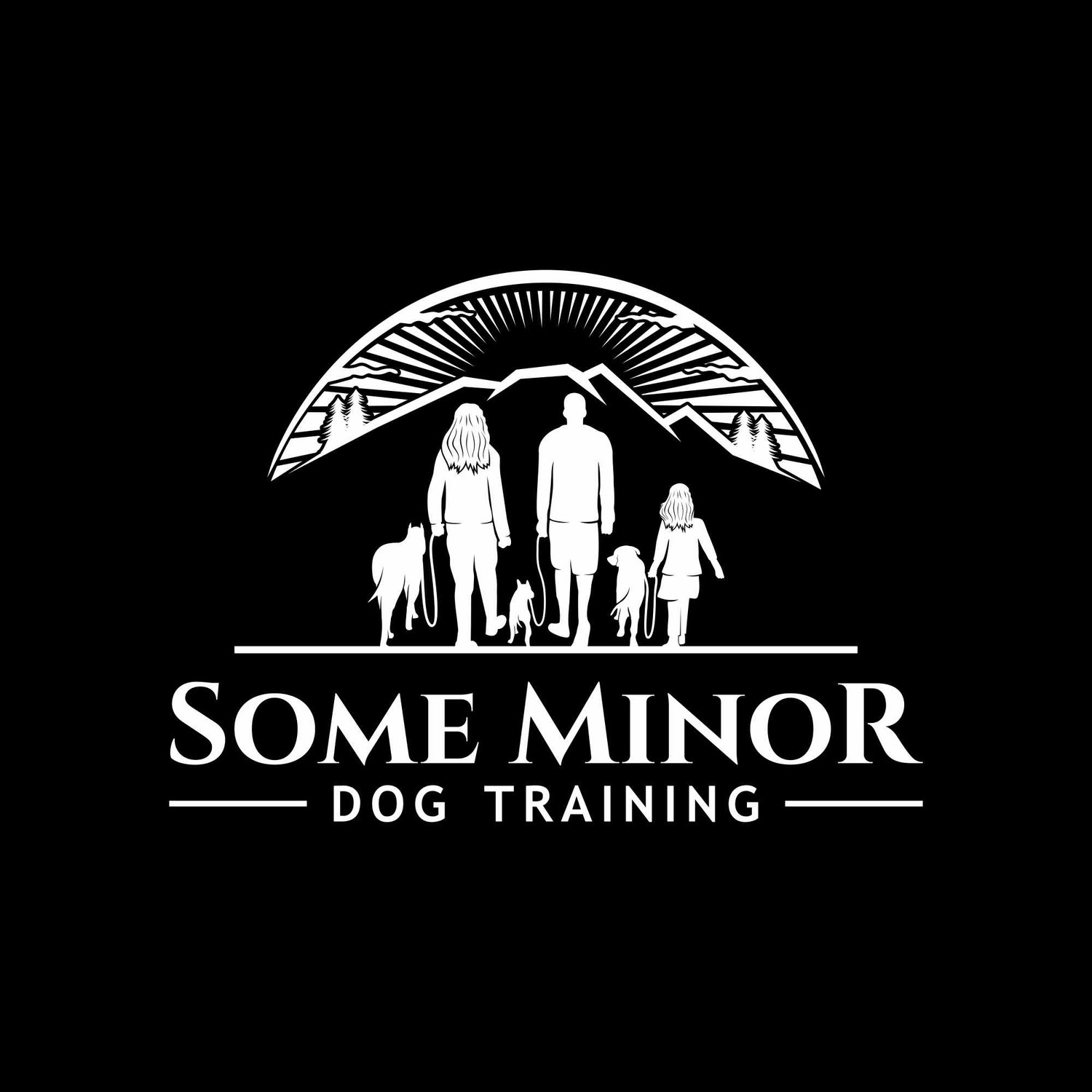Dehumanize Our Dogs
ANTHROPOMORPHISM: Assigning human characteristics to non-human entities.
Because dogs live in our homes and have been such an integral part of humanity over the course of history, it’s very easy to start to think of them in terms of being human. An example of this could be saying that a dog is sad because he sees people walking past his kennel and “his eyes look sad.” The dog might be sad, he might be resting or he might just be tired. Since we don’t know what the dog is actually feeling, putting our emotions or personality onto him is not beneficial for the dog. Many behavioral problems directly stem from anthropomorphism and unrealistic expectations for pets.
Treating your dog like a human can lead to:
Owners feeling justified for punishing a dog when they think a dog “knows what it’s done.” Being mad or punishing a dog because you think the dog has a human understanding could lead to reinforcing behaviors that you don’t intend. A big example of this is with potty training. Oftentimes people will justify punishing a dog for having an accident because the dog “looks guilty” so that must mean that “they know better.” In reality, since dogs communicate primarily through body language, they’re likely just picking up on micro expressions in the human, like a twitch of an eyelid, or even the increase in your heart rate. They also might have been punished for it before, and so what they’ve actually learned is that you don’t like poop or pee. A very common result of the old school method of rubbing their nose in it is that the dog simply learns to hide it better, like going potty in a closet or behind a dresser, because that method simply teaches the dog that you don’t like the sight of poop or pee. So the dog isn’t feeling “guilty,” they’re just showing an appeasement behavior because you found it or they’re afraid that you’ll find it. That doesn’t mean that they know yet where they’re SUPPOSED to go potty, ergo, the dog is not fully potty trained yet.
It can lead to problem behaviors. With certain behavioral issues in dogs, there are protocols that must be put in place in order to correct the issues. But oftentimes people may avoid those protocols because it makes THE HUMAN feel guilty because they assume the dog will be sad or angry. And so they just let the behaviors continue until they’re out of control. Using the potty training example again, the biggest thing we want to do is prevent the dog from practicing the behavior of going potty inside. This means limiting their unsupervised freedom in the house. How the human does it can look different for every household; they may use a crate, or a playpen, or a room, or tethering, or they may just dedicate themselves to taking the puppy outside every hour until they learn. But some people will think restricting freedom will make the dog sad, so they refuse, and the accidents keep occurring until they become a habit.
Setting the dog up for failure. If you ask the dog to stop biting or mouthing, and the dog doesn’t respond, and then you get frustrated because you asked so nicely, you are setting the dog up for failure. This will discourage the dog and make them less willing to learn. All of the abilities that dogs possess are learned abilities. If you want your dog to perform a task, like something other than mouthing, you first have to remember that dogs don’t speak English, so if they don’t stop, it’s because you haven’t gone through enough repetitions with the proper reinforcement to teach them the appropriate behavior.
That’s not to say that dogs don’t have emotions and thoughts similar or even the same as humans. That’s simply to say that dogs are NOT humans. They’re canines. So when we ignore that fact, and treat them like humans, we start to lose sight of what they need, because it may make us feel uncomfortable, because WE wouldn’t like that. We also start to lose sight of what they’re trying to tell us, because we’re too busy assuming what they’re thinking. In reality, it is better to worry more about what YOU are saying to the dog, rather than to believe you know what the dog is saying in their own mind.



